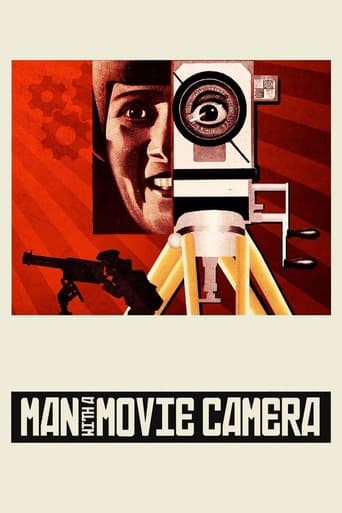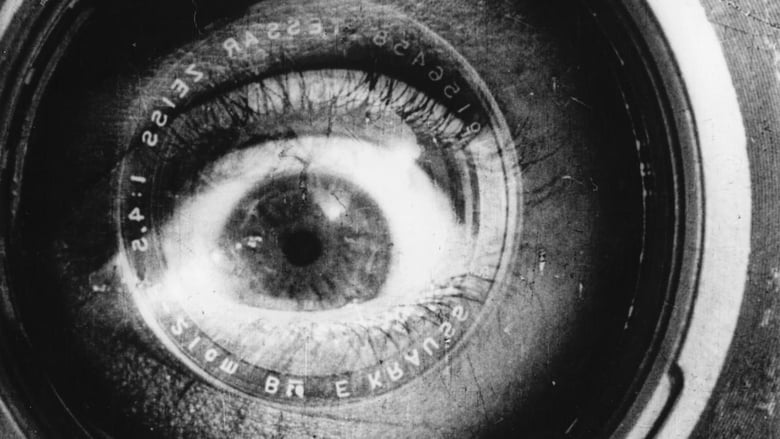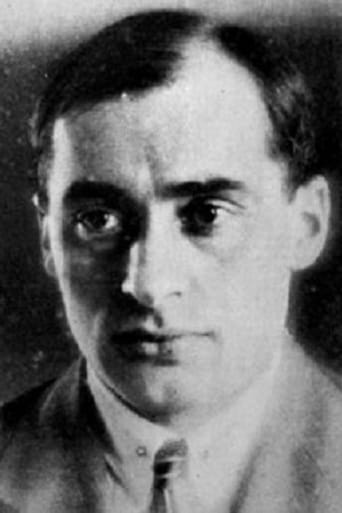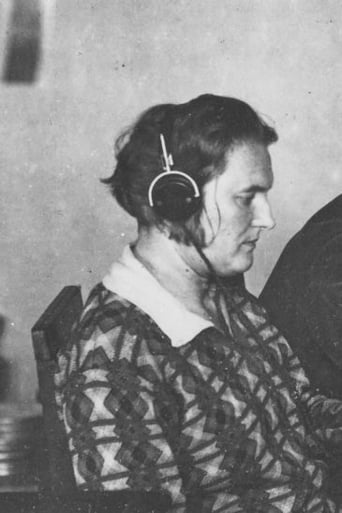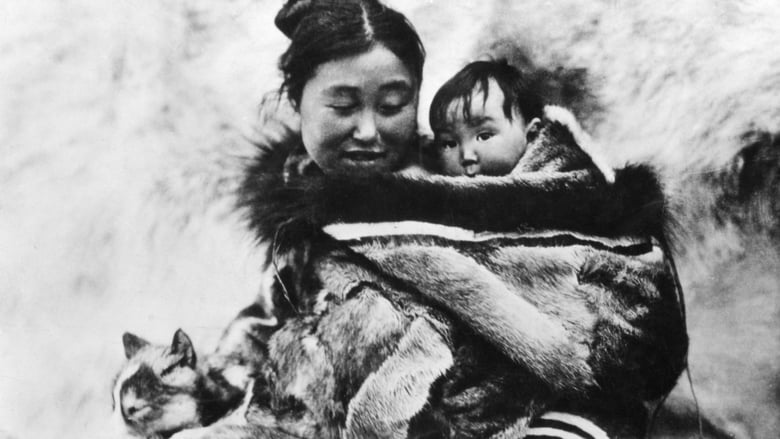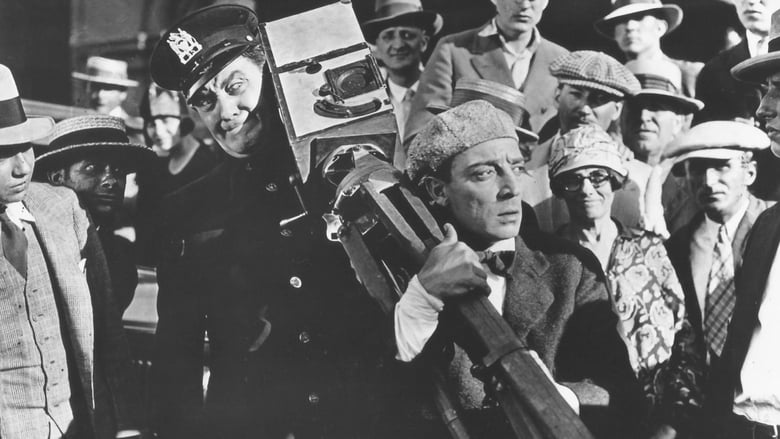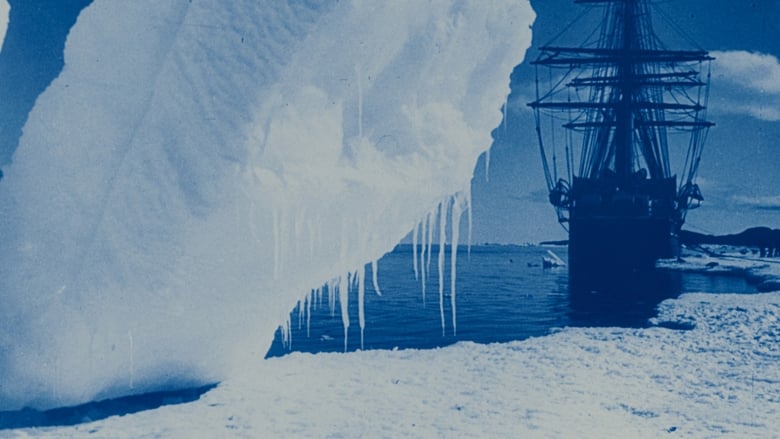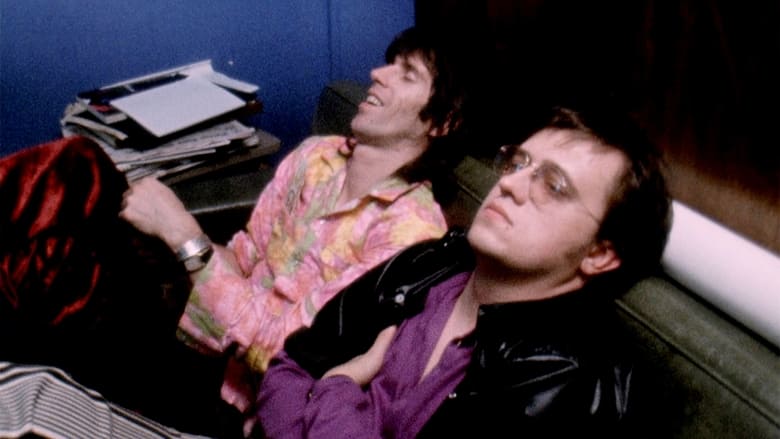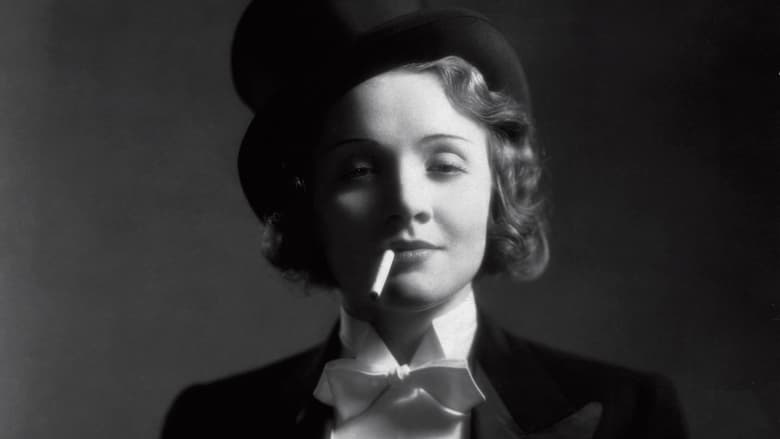A cameraman wanders around with a camera slung over his shoulder, documenting urban life with dazzling inventiveness.


Similar titles
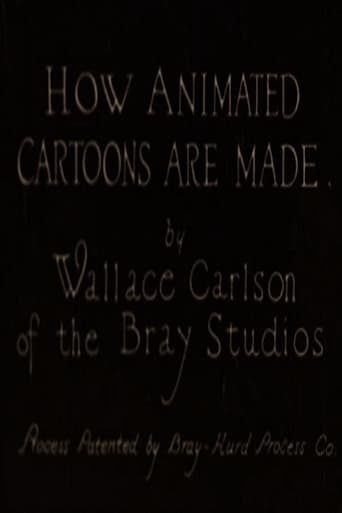
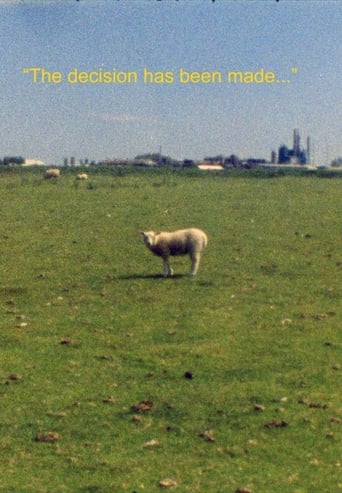
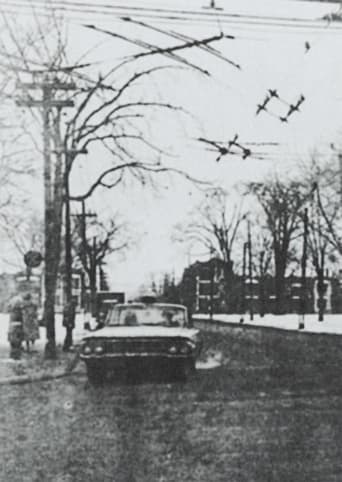
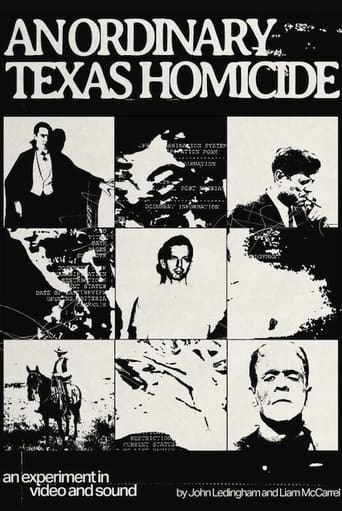
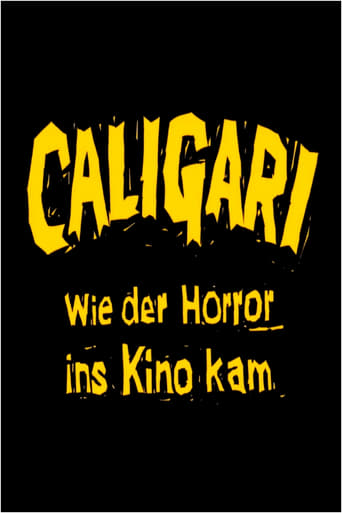

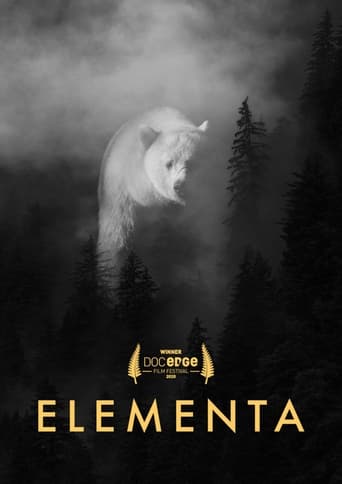
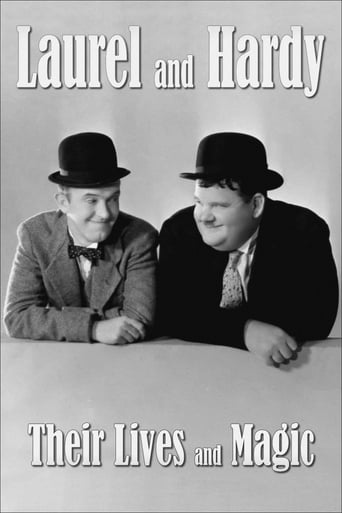
Reviews
There are many scenes that are stunning! But here I just mention some outstanding scenes: -The Opening: The movie began with the cinema/theater and audiences waited the film that would start in few minutes. They were very happy. -The Sleeping Girl and the Running Train: Then, the girl who was sleeping was shown, and we can see the poster which showed 2 men who smiled and had the action like they want you being quiet. That means something bad would happen. Next, the running train was shown. It's very fast and then the girl woke up and scared and got dressed quickly. She wanted to escape. Why? The poster and the train were shown again. So I think the train is the government and the sleeping girl is the victim. -The Workers: In this scene, many workers were working in the factory. There was the man who was climbing to the stack of the factory. He was tired. And I knew how heavy suffering they got? -The Eyes: The movement of this scene is very fast. The life in the city, the population, the emotion of people. One old woman was angry, one was happy. Could you be happy if you live in the suffering country? -The Married Couples: There are some couples who booked to marry. They're happy and their future could be better. On the other hand, the funeral was shown. I don't understand why the director used this scene? May be he wanted to show that the death was the normal event in life? Then, the baby was born, the mother was happy and her baby would be the hope of the family and the country. -The barber-shop: Some rich girls at the Barber-shop. While they were relax, some poor girls work hardly in the factory, but they were happy. Although you're poor or rich, you must be happy because it's the hope of this life. -Sports: The holiday came. Rich people went to the beach. Poor people had the nice day with their friends. They played sport, went to the bar and enjoyed themselves after the tired days. You know, the government never lets them give up, because they have the powerful will. Man With A Camera Movie isn't only the normal documentary film, it's the powerful and wonderful story through the eye of people.
Vertov utilises the whole array of available camera and montage techniques to portray a normal day in Russia, while also showing how it is made; fast motion, slow motion, stop-motion, freeze-frame, thawed-frame, playing film backwards, double exposure, etc. A part of the film comes over as a documentary of how a film is made, namely the balance of focus and the daring stunts of early cameramen.What is being filmed is typical for the 'agitprop', i.e. everyday life of the proletariat, here sometimes put in contrast with the lavish lifestyle of the bourgeoisie. Vertov put some dialectical elements in the montage, most notably the diagonals in the earlier parts of the film, other times he draws parallels, e.g. between the working class and the cameraman/director (in my opinion Vertov did this to assert he and other filmmakers belonged to the same group) or between the washing of a woman and the washing of the city.Other communist elements are also present, the one that stood out the most was the glorifying of machines and the relation between man and machine (the total opposite of Japanese New-wave). For the most part the film escapes explicit propaganda, mostly due to the non-narrative form (it is easy to see why Stalin stopped this kind of cinema, as propaganda it did not work for many did not understand the meaning behind the dialectic montage). I needed to acclimate to the normal way of viewing movement after the film had ended, being made strangely aware of the similarities and differences between my eyes and the 'eye' of the camera. It had an hypnotic, psychedelic effect.To conclude, I would recommend this film, but only to those who have some background information on the Russian constructivism, as otherwise this could come over as too nonsensical and pointless (like all those purely structuralist films, e.g. Wavelength).
I had picked this up due to academic interest and expected that this would be a bit boring and that I need to explicitly consider the fact that this movie was made way back in 1929.Well, the movie was very engaging. Far from boring, it challenged me to keep up with the multitude of content that the movie presents. It is excellent in everyday-life content , presenting so much of real life. True real content.The extent of passion and effort that has gone into the making of the movie is also striking.Amazing number of techniques used making the movie engaging even today.
This Russian silent film was featured in the book 1001 Movies You Must See Before You Die, I assumed it was a drama or themed story, I had no idea it was a documentary or experimental film, but I was definitely going to watch it because of the high ratings from critics. Basically it is an unabashedly avant-garde style film that proves that film can do anything and take the audience anywhere, it revolutionised many camera effects and techniques that have become standard and often adapted into various genres of film. Camera and editing effects seen in the film include slow motion, fast motion, freeze frames, stop motion animations, footage played backwards, dissolves, tracking shots, double exposure (two or more images played at once), Dutch angles (slanted filming), extreme close-ups, split screens and jump cuts. There is no story, no dialogue, no acting and no setups in the film, it is simply filming Russia as it is, filmed in the Ukrainian cities Odessa, Kharkiv and Kiev it shows every day (then) modern life in the Soviet Union, the working life, the leisures, the transport, the machinery and the various environments. There are occasional shots of a Cameraman (Mikhail Kaufman), the only character of the film, setting up and using his camera in various places, including on a roof and in a beer glass, but otherwise it is all natural occurrences and sights to behold on film. This film apparently took some time to film and edit, you have to give the filmmakers, director Dziga Vertov and editor by his wife Elizaveta Svilova, great credit for creating a masterpiece, inspiring filmmakers for years to come, proving that anything is possible with the various camera techniques used to create whatever story you want, an excellent and radical silent experimental documentary. Outstanding!
